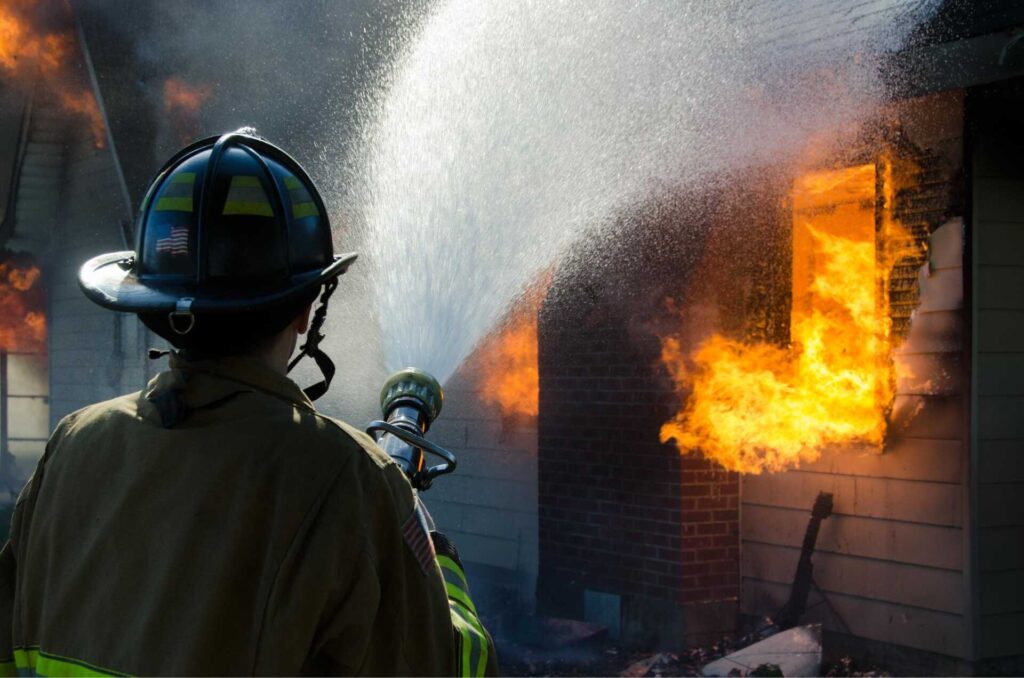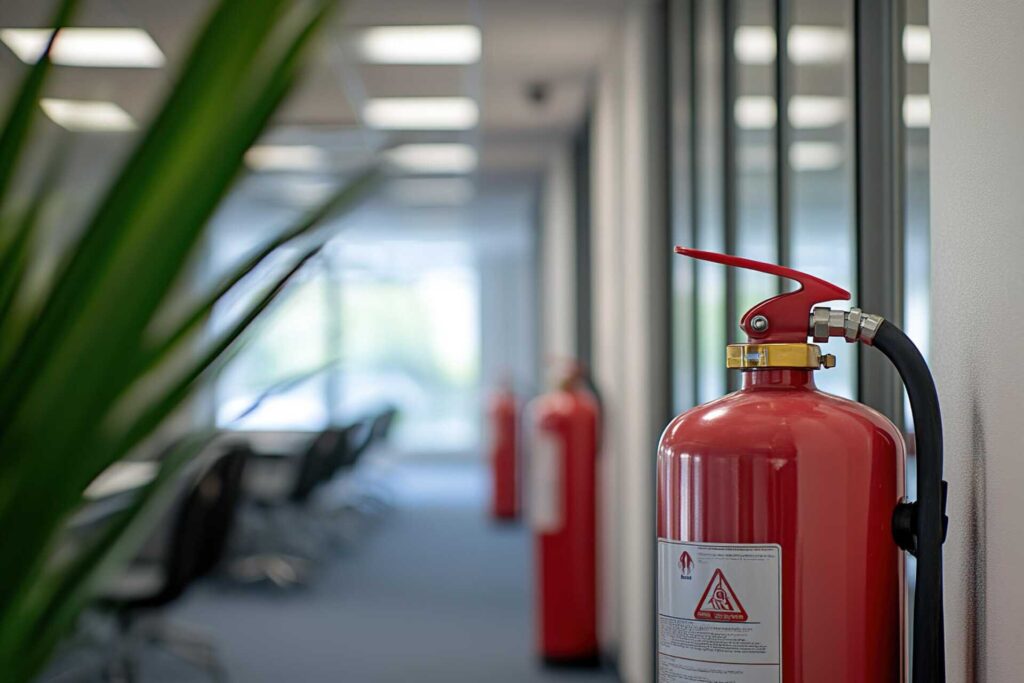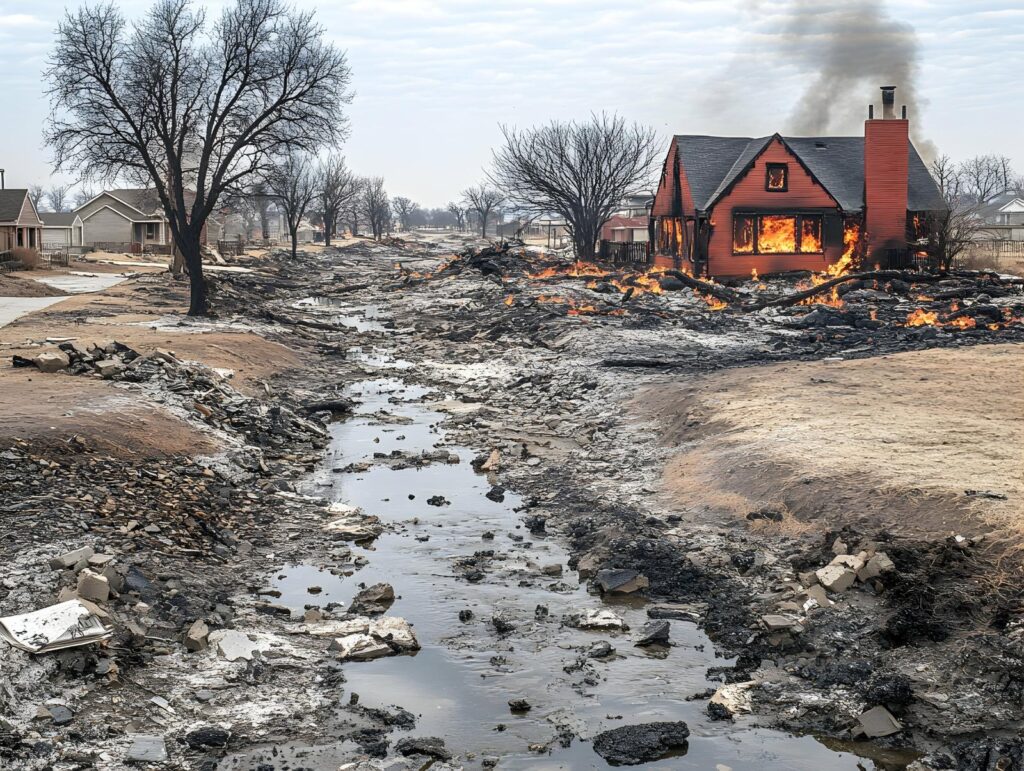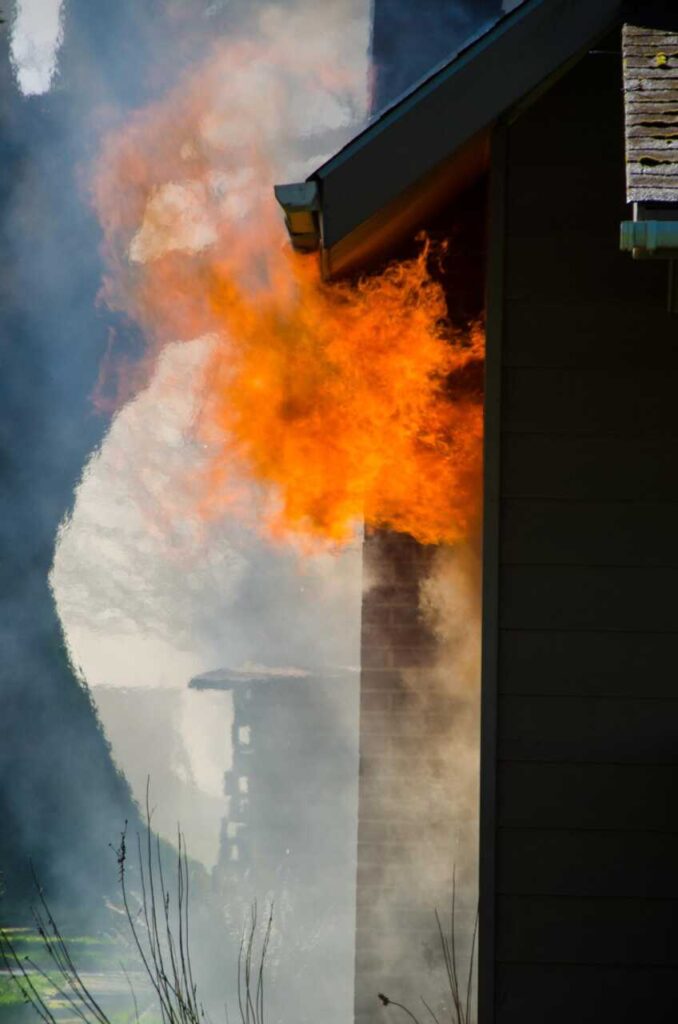
Contents
When fire damage strikes, you’re faced with a daunting task that requires a clear plan. You need to start by assessing the extent of the damage, ensuring you document everything for insurance claims. After that, it’s crucial to engage professionals who specialize in fire restoration to create a tailored action plan. While securing your property comes next, it’s not just about cleaning up; it’s about understanding the full scope of what needs to be done. What happens after you’ve secured the area and called in the experts? The next steps are vital for a successful restoration.
Key Takeaways
- Conduct a thorough damage assessment to identify the extent of fire, smoke, and water damage.
- Contact certified fire restoration professionals to develop a tailored action plan for recovery.
- Secure the property by addressing hazardous conditions and protecting valuable belongings.
- Systematically clean and sanitize affected areas, removing debris, soot, and smoke odors.
- Implement fire prevention measures and review insurance coverage to mitigate future risks.
Assessing the Damage
How can you effectively assess the damage caused by fire? Start by conducting a thorough damage evaluation to understand the extent of destruction.
Begin with a visual inspection of the affected areas, noting the visible signs of fire, smoke, and water damage. Pay close attention to structural components like walls, beams, and foundations; any signs of compromise here can indicate deeper issues.
Next, categorize the damage. Identify areas requiring immediate attention versus those that may need longer-term repairs. Document everything meticulously, taking photographs and making notes. This documentation will be crucial for your insurance assessment later on.
Once you’ve gathered your initial observations, check for hidden damage. Inspect behind walls and under floors if possible; smoke and heat can travel and affect areas not immediately visible.
Consider hiring a thermal imaging camera or moisture meter if you suspect hidden damage.
If you have insurance, consult your policy to understand what’s covered and what documentation you’ll need. This knowledge will prepare you for interactions with your insurance adjuster.
Contacting Professionals
After assessing the damage, reaching out to professionals is a vital step in the recovery process. Fire restoration experts have the knowledge and tools necessary to address the complex issues that arise from fire and smoke damage.
You’ll want to contact emergency services specializing in fire restoration immediately after your assessment. This ensures that the remediation process begins swiftly, minimizing further damage to your property.
When you call a fire restoration service, be prepared to provide detailed information about the incident. This includes the extent of the damage, the type of materials involved, and any safety concerns you’ve identified.
Professionals will often ask for photos or a description of what you’ve observed to better understand the situation.
Choose a reputable company with experience in fire restoration. Look for certifications from organizations such as the Institute of Inspection, Cleaning and Restoration Certification (IICRC) to ensure you’re working with qualified experts.
Their proficiency will expedite the restoration process and ensure that it’s done correctly.
Once you’ve contacted these professionals, they’ll typically conduct a thorough inspection of your property. This step allows them to develop a tailored action plan that addresses your specific needs.
Remember, your safety is paramount, so only proceed with restoration efforts after consulting with these specialists.
Securing the Property
Securing the property is essential to prevent further damage and ensure safety. After a fire, your immediate focus should be on assessing the situation for hazardous conditions.
Start by checking for structural damage—look for compromised walls, ceilings, and floors. If you notice any instability, don’t hesitate to contact professionals for assistance.
Next, you’ll want to secure your belongings. If it’s safe to do so, gather important documents, personal items, and anything of value. Place these items in a secure location, preferably off-site, to protect them from potential theft or additional damage.
For larger items that can’t be moved, consider covering them with tarps or protective sheeting to shield them from the elements.
Ensure that all entry points—doors and windows—are secured. Use boards or metal sheets to cover broken windows and doors, preventing unauthorized access and further property damage.
If your property is insured, inform your insurance company about the fire and ask for guidance on securing the premises, as they may have specific recommendations.
Additionally, consider installing temporary lighting around the property if the electrical system is compromised. Proper lighting deters unwanted intruders and aids in your assessment and management of the property.
Cleaning and Restoration
Once you’ve ensured the property is secure, the next critical step is cleaning and restoration. This phase is essential for restoring your home and ensuring a safe environment for you and your family.
Fire cleanup involves a systematic approach to remove debris, soot, and any lingering smoke odors that can affect indoor air quality.
Start by addressing the areas most affected by fire and smoke. Here are some key tasks to focus on during this process:
- Assess Damage: Identify all damaged areas, including walls, ceilings, and furniture.
- Remove Debris: Clear out charred materials and other debris to facilitate thorough cleaning.
- Smoke Removal: Use specialized equipment and cleaning agents to eliminate smoke residue from surfaces.
- Sanitize Affected Areas: Ensure that all surfaces are cleaned and sanitized to prevent health hazards.
As you tackle each task, it’s crucial to use appropriate personal protective equipment (PPE) to safeguard your health.
The process of fire cleanup may also require professional intervention, especially for extensive damage or when dealing with hazardous materials.
Restoration goes beyond mere cleaning; it involves repairing structural elements and replacing damaged items.
You’ll want to ensure that your home looks good and is safe for you and your loved ones.
Preventing Future Damage
Preventing future fire damage requires a proactive approach that focuses on risk assessment and the implementation of safety measures.
Start by evaluating your property for potential fire hazards. This includes identifying flammable materials, ensuring proper storage, and maintaining clear escape routes. Regularly inspect your heating sources, electrical systems, and appliances, as these are common ignition points.
Next, invest in fire prevention systems. Smoke detectors should be installed on every level of your home, and you should test them monthly. Fire extinguishers need to be readily accessible and should be inspected regularly to ensure they’re functional.
Consider installing a sprinkler system, which can significantly reduce fire damage if a blaze occurs.
Additionally, it’s crucial to educate yourself and your family about fire safety practices. Conduct fire drills to familiarize everyone with evacuation plans, and teach them how to respond if a fire occurs.
Don’t overlook the importance of insurance coverage. Review your policy to ensure it adequately protects your property against fire damage. Understanding your coverage can provide peace of mind and financial security should an incident arise.
Review
Restoring fire damage isn’t just about fixing what’s broken; it’s about rebuilding safety and confidence. While the aftermath may seem overwhelming, following a structured approach—assessing damage, contacting professionals, securing the site, cleaning, and preventing future issues—ensures a comprehensive recovery. Each step, though challenging, paves the way for a safer environment. By juxtaposing the chaos of fire with the order of restoration, you create a restored space and a renewed sense of security for everyone involved.



